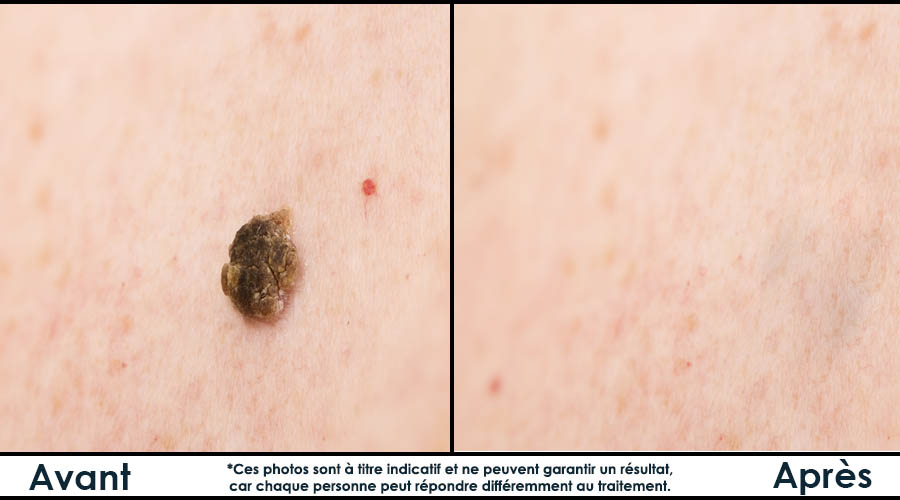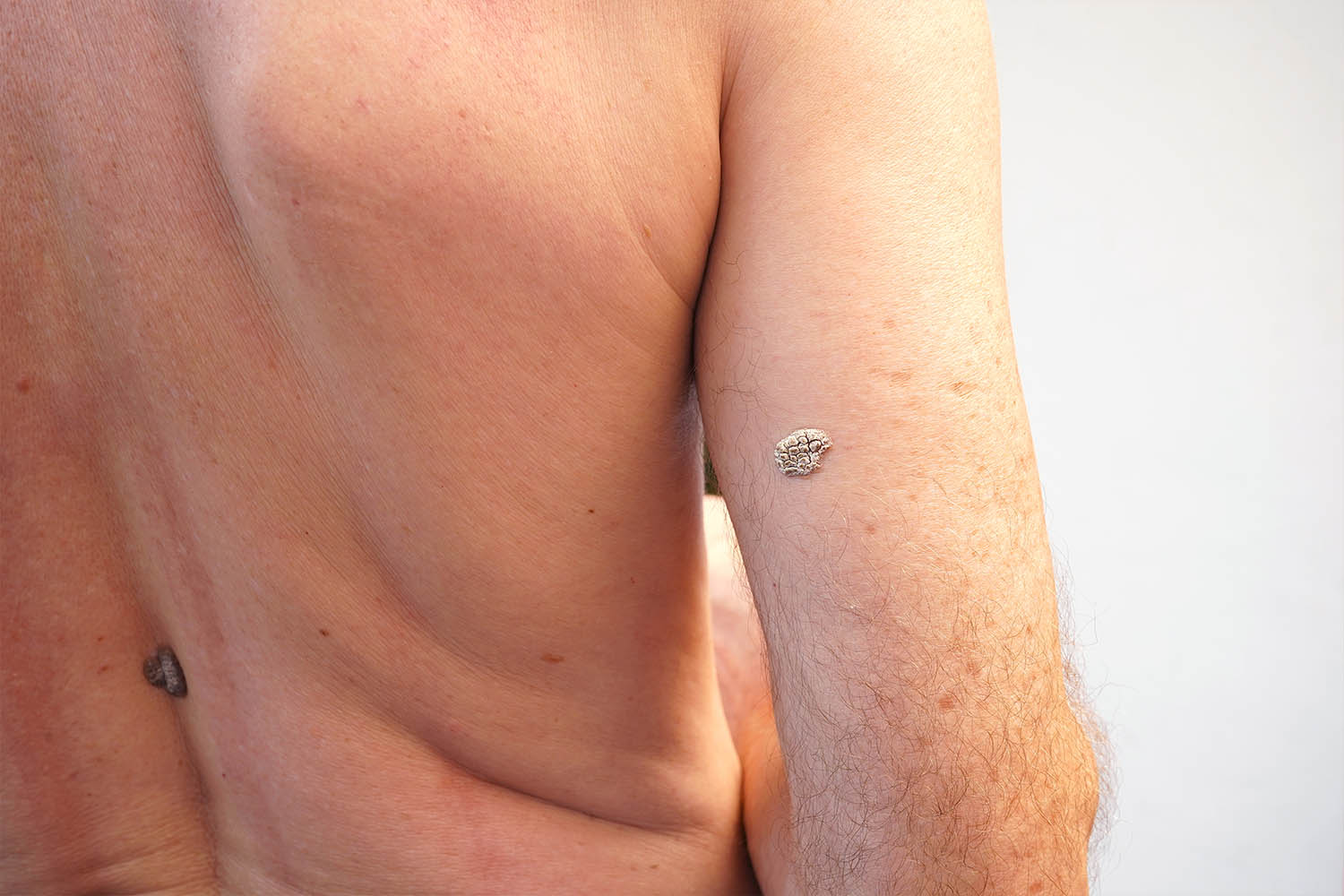Keratosis Removal
Keratoses can appear anywhere on the skin and at our clinic we specialize in the safe and effective removal of skin lesions
Keratosis Removal Results

Our Approach to Treating Keratosis
1
Consultation and analysis of the keratosis
2
Determine if the keratosis is benign and if a biopsy is necessary
3
Keratosis removal
What Is Keratosis?
Keratosis is a skin condition characterized by the overgrowth of the stratum corneum, the outermost layer of the epidermis primarily composed of keratin. It typically appears as small, rough patches on the skin with a texture similar to sandpaper. The size and color of these lesions vary, but they can grow and change color over time, becoming red or brown.
Keratosis commonly occurs on areas frequently exposed to the sun, such as the face, neck, ears, arms, backs of the hands, and back. People with fair skin are more susceptible to developing keratosis. There are several forms, with the most common being actinic keratosis and seborrheic keratosis.
Actinic keratosis, also known as solar keratosis, mainly affects individuals with significant UV exposure. It presents as small, flat, scaly, or slightly raised patches ranging from 3mm to 10mm. The color can vary from skin-toned to reddish.
Seborrheic keratosis, or seborrheic wart, typically appears with aging. It resembles a wart with darker pigmentation than actinic keratosis and has a “fatty” or oily appearance. While harmless, it may sometimes cause itching. Seborrheic keratosis can occur singly or in multiples.
Photos of Keratosis

Our Approach
- Comprehensive clinical examination
- Accurate diagnosis of seborrheic and actinic keratosis
- Biopsy performed when necessary for suspicious lesions
- Safe and effective keratosis removal procedures



